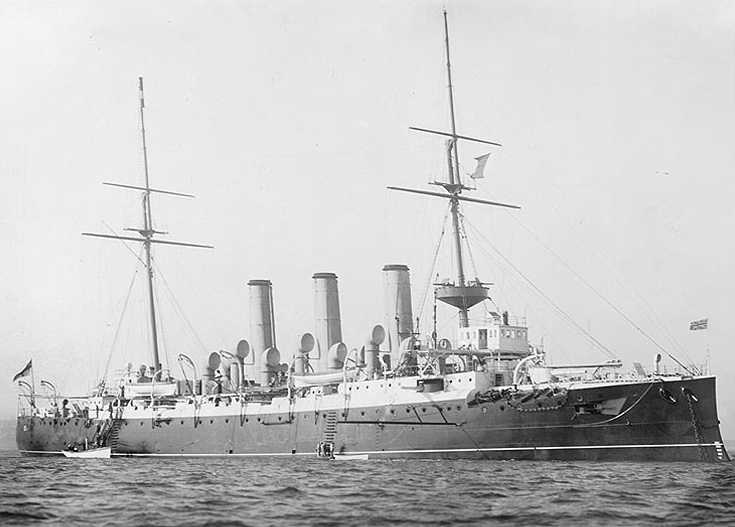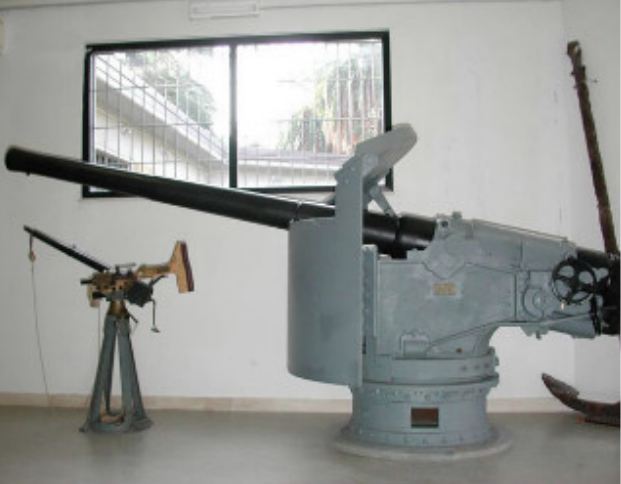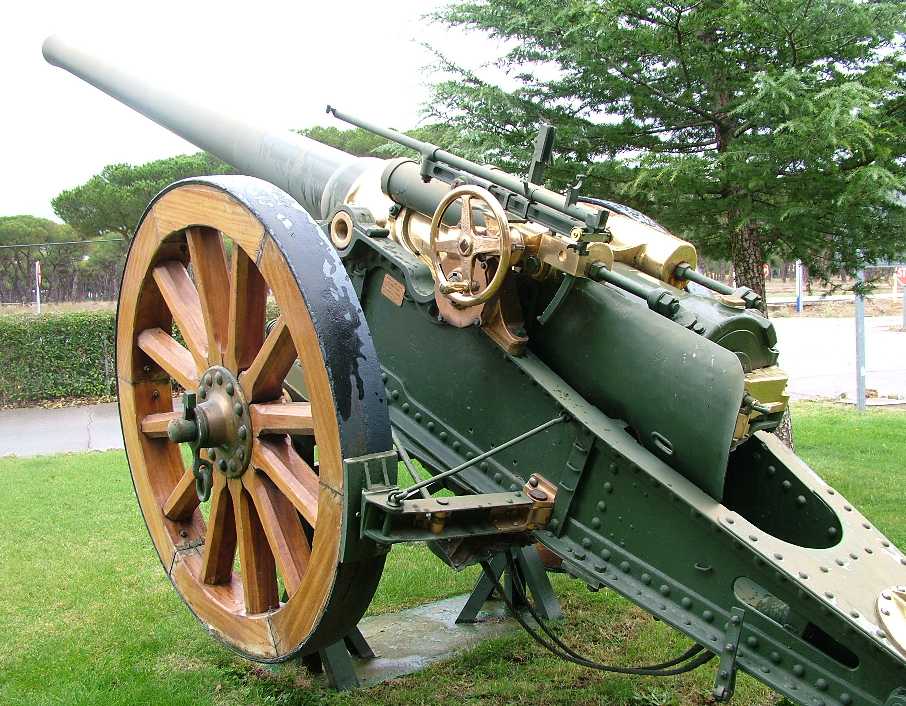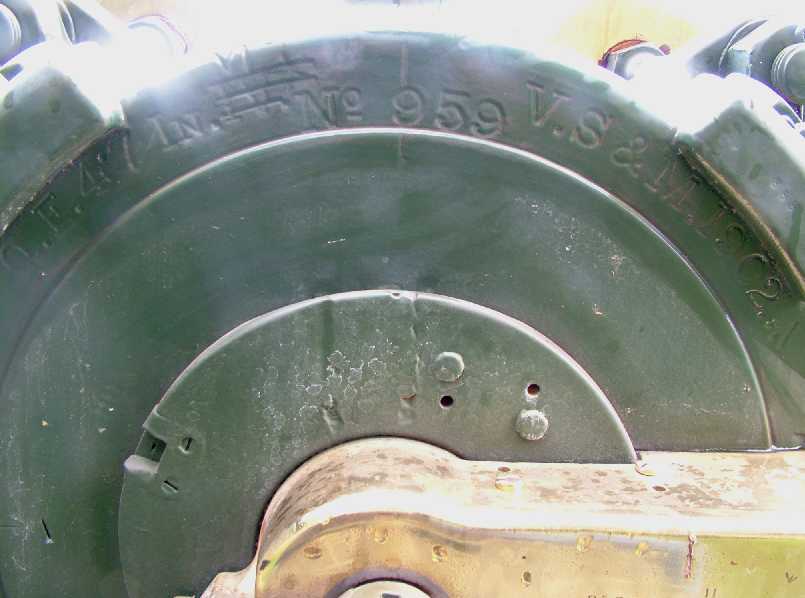|
Guns of this caliber were manufactured for both the Navy and the Army, with many transfers taking place between the services. The Army used them for coastal defense batteries and as field armament, with special gun carriages being built to handle the trunnions. All of these guns were of built up construction and generally similar. Of the Elswick guns in British service, the Mark I was an Elswick Pattern "P", Mark II was Pattern "Q" and Mark III was Pattern "T". Mark I was constructed of A tube, jacket, five B hoops to the muzzle, screwed securing ring and breech ring. The interrupted screw breech block with conical fore part was taken by the jacket. Mark II differed principally in having three B hoops and a short C hoop screwed to the jacket. Mark III differed by having a B hoop, two B tubes and a shorter C hoop. Mark IV was partially wire wound with B tube, jacket, very short C hoop and breech ring. The breech block was taken by a breech bush screwed into the A tube. All Marks originally used a three-motion screw breech. Weapons designated with the letter "A" indicated a modification to the three-motion breech mechanism while the letter "B" indicated a conversion to a single motion breech mechanism. British naval guns that had the breech ring altered to suit Army field mountings were given a single star in the designation. Guns with two stars are believed to have been further altered to add a cartridge retaining catch in order to allow HA fire. In the early part of World War I, ten guns were removed from the Latona class minelayers, adapted for AA fire and then assigned to the London defenses. These appear to have been ineffective in that role. 154 Mark I, 91 Mark II, 338 Mark III and 584 Mark IV were manufactured. 776 of these guns were built specifically for the Navy and an additional 110 were transferred to the Navy from the Army. During World War I Japan transferred to Britain 13 Mark IVJ guns (the J presumably being for "Japan") and 24 stock (Elswick) guns. Australia manufactured an additional 13 guns which were not numbered in the British series. Apart from some coastal defense batteries, none of these guns survived in service by 1939. The Mark VI designation was given to Army QF Marks I to IV guns converted to using a bag charge with a 3-inch (7.62 cm) obturation case, some built of steel. This modification was to reduce the need for brass cartridge cases and it was hoped to improve accuracy. However, this gun does not appear to have been very successful. A total of 83 guns of this type were acquired for use on minor DAMS during World War I and at least one of these was purchased by Spain in 1937, as shown in the pictures below. An Elswick Type gun of similar design was sold to Japan in the latter part of the 19th century. Japan obtained a license and then produced more of these weapons. As noted above, some 37 of these were sent to Britain during World War I. Redesignated as 41st Year Type on 25 December 1908. Redesignated in centimeters on 5 October 1917. The Italian firm of Ansaldo purchased many of these guns for secondary weapons on their armored cruisers built around 1900. During World War II, the Italians employed a few as star-shell guns on capital ships. Actual bore diameter of all British 4.7" guns was 4.724" (12 cm). Unless otherwise noted, the data below is for British Mark I to IV guns. |

HMS Furious in 1898
|

Italian 120 mm/40 Model 1893
|

4.7"/40 (12 cm) Mark IV*/VI at Artillery
Park, Valladolid, Spain, in October 2005
|

Breech of the above cannon
VI .
Where:
V.S & M. 1902 = Built at Vickers
Sons and Maxim in 1902
Photograph copyrighted by Javier Villarroya del Real |
| .
|
| .
Search via "J02937", "P00295.221", "P00653.103", "P00653.111", "060050" and "4.7 Gallipoli" |